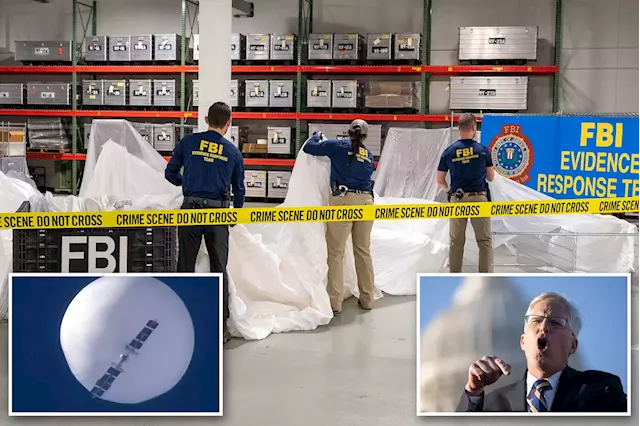The flurry of unidentified objects that have been shot down over North America this month could bring yet another boost to aerospace and defense stocks, but investors looking to use ETFs should be aware of some key differences between the largest funds. The U.S. shot down a fourth unidentified object on Sunday, as the administration takes a more aggressive stance after a suspected spy balloon from China flew across much of the country during the first days of February.
Here's a look at the key differences among these ETFs. The biggest fund on the market is the iShares U.S. Aerospace & Defense ETF , with about $5 billion in assets under management. The fund is competitively priced, with an expense ratio of 0.39%, and is weighted by market cap. The fund also hit its highest level since Feb. 2020 on Monday morning. One potential drawback is that the fund is heavily concentrated in just a few stocks.
If you didn’t start investing in DoD contractors when the Ukraine war started, you already missed the boat.
UFO or balloon spotted over north Louisiana SuperBowl night Feb-12-2023 from 👽my cell phone !
Killing a balloon with an airplane- it’s over kill. How about something cheaper like a drones?
Россия Последние новости, Россия Последние новости
Similar News:Вы также можете прочитать подобные новости, которые мы собрали из других источников новостей
 White House mum on ‘mystery’ Alaska object as US blacklists 6 Chinese companies over spy balloonPresident Biden slapped sanctions on six Chinese aerospace companies to retaliate for the spy balloon that floated across the US mainland last week — but his administration remained mum on th… I’d say it didn’t happen.
White House mum on ‘mystery’ Alaska object as US blacklists 6 Chinese companies over spy balloonPresident Biden slapped sanctions on six Chinese aerospace companies to retaliate for the spy balloon that floated across the US mainland last week — but his administration remained mum on th… I’d say it didn’t happen.
Источник: nypost - 🏆 91. / 67 Прочитайте больше »
